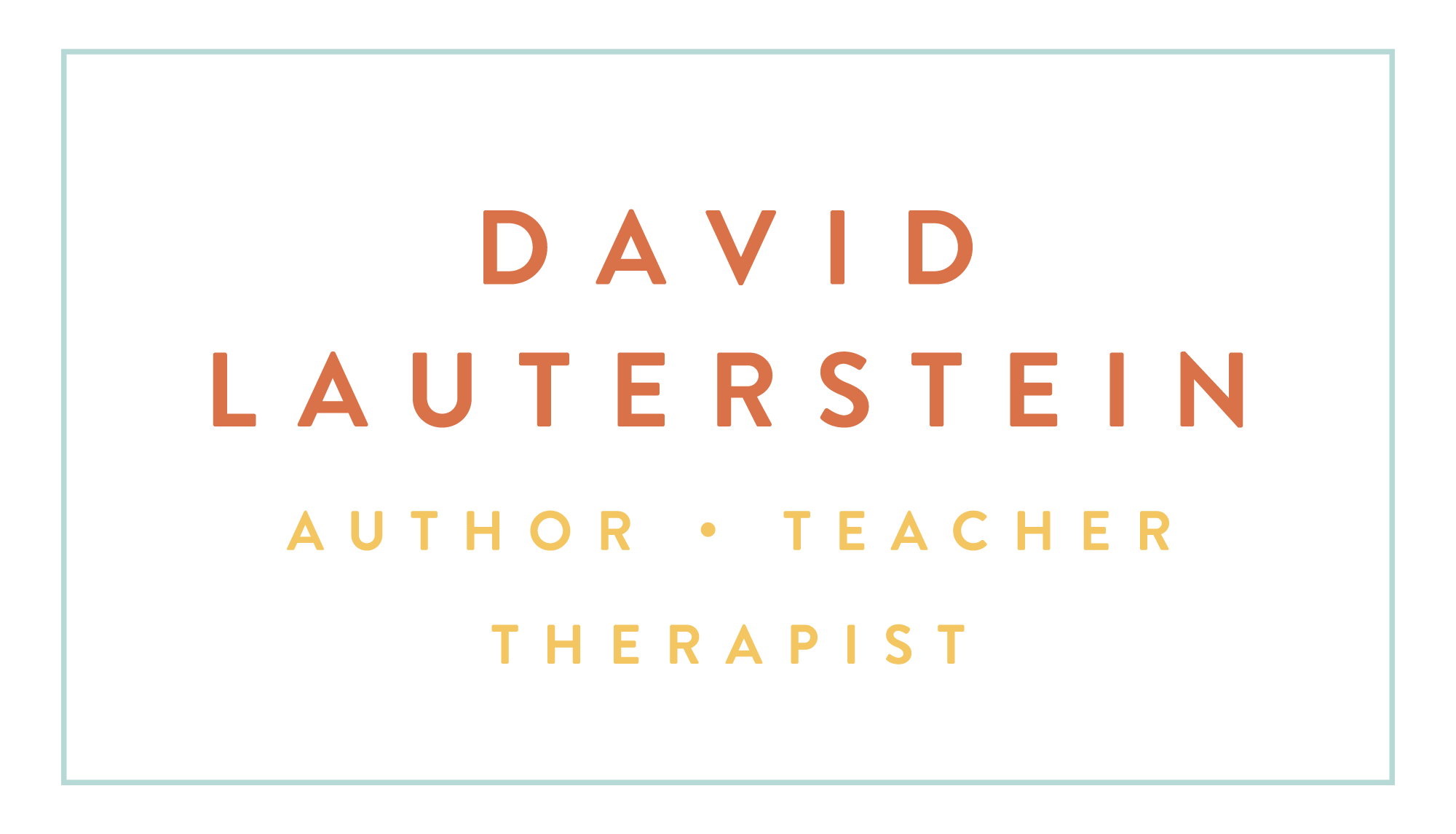THE LIMITS OF TRAUMA
It is evolutionarily advantageous to prioritize negative information… because the potential costs of negative information far outweigh the potential benefits of positive information. – Professor Stuart Soroka
I, as have many therapists and teachers, have heard a lot about trauma over the last few years. And that is a sad testimony to the sufferings, some very extreme, that many people have experienced.
Thankfully many body and mind therapists and institutions are becoming more skillful and compassionate at dealing with people who’ve suffered trauma. We still have a long way to go – both as healthcare professionals and as a society.
That said, the other day, a student in a workshop of mine spoke of her training in trauma-informed therapy and it occurred to me that there was no similar word that was so evocative for the opposite of “trauma” – so I asked, “Can anyone tell me what is the opposite of trauma?” And, not to my surprise, not a hand went up.
It is said, with much psycho-physiological justification, that “the bad news is the brain loves bad news.” Certainly this is true if you just look at the news on TV and the advertisers who flock to the viewers transfixed by the bad news.
Since we naturally respond and attend to bad news, referring to trauma is basically fine and “trauma-informed therapy” raises no red flags. On the other hand, say we were to choose “ecstasy” as the opposite of trauma and advertise “ecstasy-informed therapy” we would be associated either with drugs or with sex or both.
There is a pain threshold. There is also a pleasure threshold. The sympathetic nervous system reacts forcefully to pain through fight, flight or freeze. But - and here is where some of exciting information about the “polyvagal” system starts being genuinely important – we each have the ability to go beyond just autonomic response and use more sophisticated mental and emotional skills to move beyond predominantly autonomic responses.
Those responses are primarily unconscious. And, as psychologists have noted, the task of healing is, at least in part, to make the unconscious conscious. How can we use our mind and emotional awareness to move beyond mere autonomic response?
There is a fertile mid-ground between the sympathetic and parasympathetic system, between the conscious and the unconscious, between sleep and wake. Out of this fertile mid-ground can grow up a more overriding awareness of what is happening, what we may choose to focus on, of new choices we can make. Whether this is in a massage, in a psychotherapy session, in the shower or anywhere else where we are awake but in an altered inner or outer environment, it matters little. What matters is that we become skillful at including the somewhat uniquely human capability of a higher kind of awareness and to relate innovatively to oneself.
Our consciousness allows us to change so much during one life, that it may well be regarded as a new capacity in the natural world. A person can evolve in ONE LIFETIME, whereas for all other species it takes TWO MILLION YEARS.
How we relate to the traumas and the ecstasies and the everyday events of our lives, presents us each night and day with the opportunity for self-evolution. It is that - not technology, not pharmaceutical regulation, not profit - that makes us fully human.
It is our job to take self-evolution seriously and joyfully – if it doesn’t make the headlines, fine. Just let it be the deepest and highest reason for your life.

